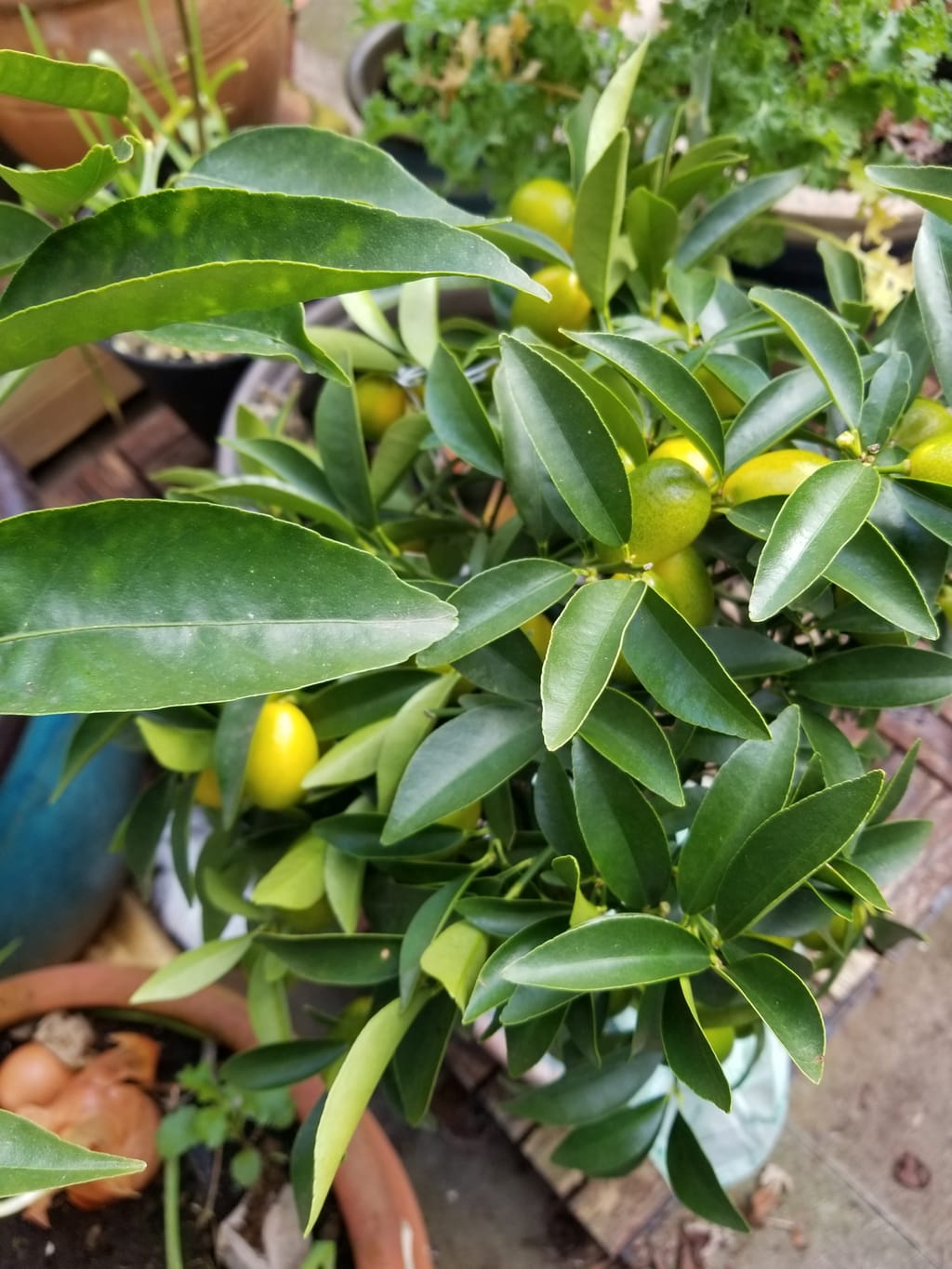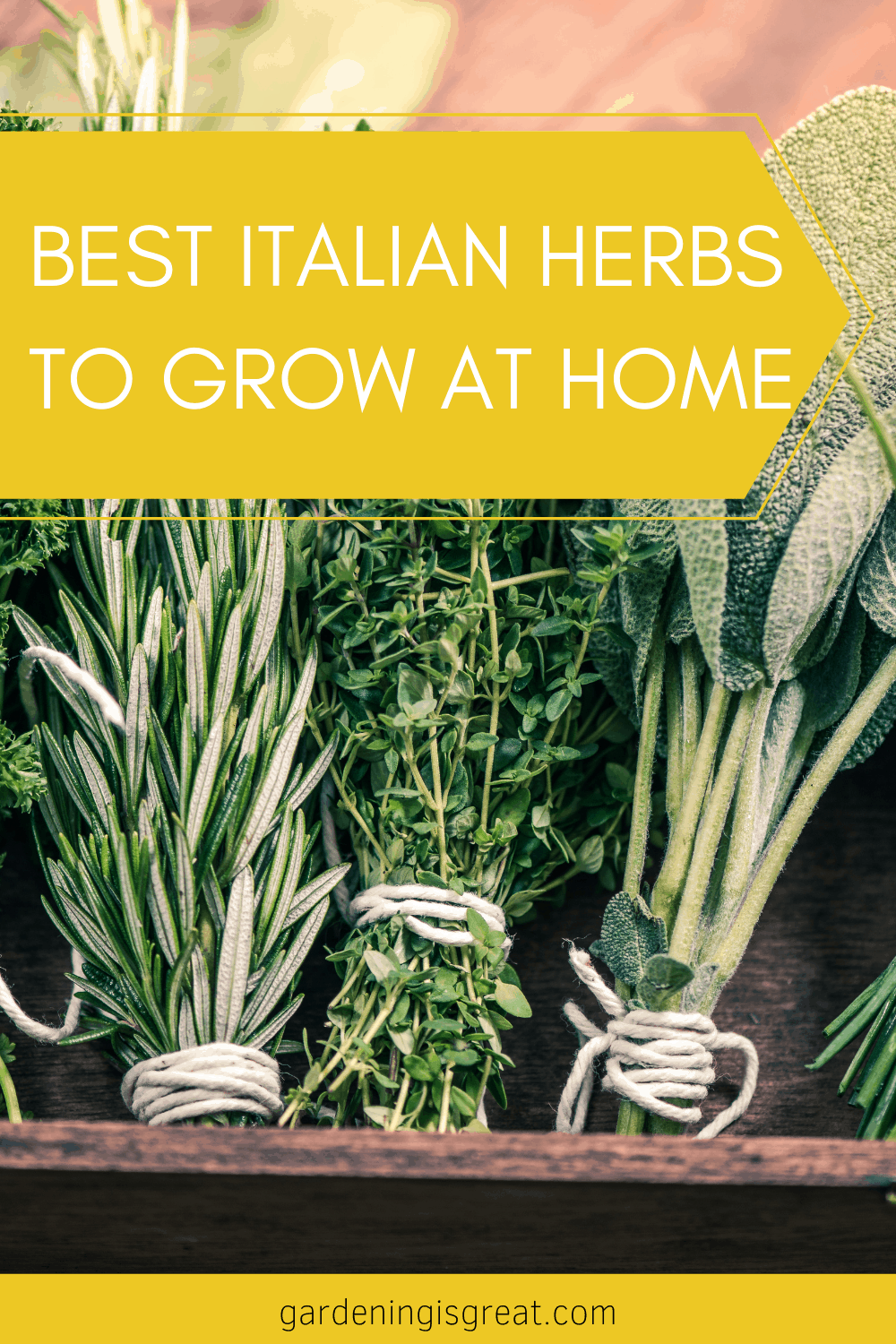Buy Kumquat Plant: Your Simple Guide to Growing Success at Home

Nobody tells you this when you first get the itch to buy a kumquat plant: your success isn’t about luck, or even the fanciest variety. It’s about knowing exactly what matters at each stage—beginner mistakes, intermediate optimizations, and advanced tweaks that separate a struggling sapling from a thriving, fruit-laden wonder. I didn’t learn this from a guide; I learned it from years of trial, error, and yes—one memorable episode where my first “bargain” kumquat arrived as a stick with brown leaves and an ant colony in the roots.

This is your master class on buying and growing kumquat plants—a journey from hesitant beginner to confident citrus whisperer. If you want more than generic advice, if you want the nitty-gritty details (and the honest missteps) that make all the difference, let’s dive in.
1. The Kumquat Commitment: Why This Tree Is Worth Your Time
I once bought my first Nagami because I saw one loaded with fruit at a friend’s house in January—the only spot of orange on a gray winter day. That’s when it clicked: kumquats aren’t just another citrus; they’re year-round companions for anyone craving color, fragrance, and edible rewards in small spaces.
Why grow kumquats?
- Year-round appeal: Evergreen leaves stay glossy even when everything else looks dead.
- Edible skin: Unlike oranges or lemons, you pop them whole—no peeling required.
- Container flexibility: Compact enough for an apartment balcony or sunny kitchen.
- Cold tolerance: My Meiwa survived two surprise frosts (one at 19°F!) with nothing but an old bedsheet and some mulch.
Quick Specs (You’ll Actually Use)
- Most common varieties: Nagami (tart), Meiwa (sweet), Fukushu (large & mild), Marumi (aromatic)
- Hardiness: Survives down to 18°F if established
- Mature size: 6–10 feet tall; dwarf types fit in large pots
- Fruit season: December–March (Nagami often ripens by Christmas)
2. Beginner Moves: Laying the Right Foundation
Step One: Define Your "Why" And Space
Before spending a dime:
- Do you want daily snacking fruit or just winter color?
- Are you planting outdoors year-round or moving pots inside each fall?
Back in 2019, I planted three kumquats without asking these questions. One fried in July sun on my patio; one sulked indoors with too little light; only the third thrived—because its spot matched its needs.
Rule #1: Match tree to environment before choosing variety.
Step Two: Know Your Climate Like A Pro
Check your USDA zone (find yours here). Zones 9–11? You’ll do great outside. Zone 8 or below? Plan for containers and seasonal migration indoors when nights drop below freezing.
Unexpected twist: In Atlanta’s unpredictable winters, I rigged up a $15 temperature sensor + WiFi plug to heat mats under my potted trees—saved me twice during sudden cold snaps.
3. Intermediate Tactics: Smart Buying Decisions
Don’t Fall For Seedlings—Insist On Grafted Stock
I learned this the hard way: seed-grown kumquats are like lottery tickets. My “cheap” seedling took four years to flower—and those fruits were tiny and sour enough to pucker your face inside out.
Always ask sellers if their plants are grafted onto trifoliate orange or other reliable rootstock.
Grafting guarantees earlier fruiting and disease resistance—a non-negotiable for beginners aiming for success within two seasons instead of six.

Where To Buy Without Regret
Local Nurseries
Pros: See/feel/smell plants before buying; staff often know regional quirks (“watch out for spider mites here after July...”).
Cons: Limited selection mid-season; sometimes pricier than online.
Specialty Citrus Nurseries Online
Personal favorites after many orders:
- Four Winds Growers: Best quality control; ships with soil still moist.
- Stark Bro’s: Heritage nursery, but call ahead—sometimes stock disappears fast.
- Logee’s Greenhouse: If space is tight—they specialize in dwarf/grafted citrus perfect for windowsills.
Pro tip: Email or call before ordering online. Ask for current photos of their stock—the best sellers are proud to show off healthy foliage and thick stems.
Big Box Stores & Marketplaces
If you must go this route:
- Inspect every inch of leaf/stem/root ball yourself.
- Walk away from any sign of sticky residue (aphids/scales), black moldy patches (sooty mold), or roots circling tightly (“rootbound”).
I once lost a $45 tree because I ignored white fuzz under leaves at checkout—it was mealybugs hitchhiking home!
4. Advanced Playbook: Next-Level Growing & Troubleshooting
Container Mastery For Mobile Growers
By year three with my own potted Nagami, I’d tested half a dozen potting mixes:
The clear winner? A blend of:
40% coarse pine bark fines
30% perlite
20% organic compost
10% sharp sand
This mix drains fast yet holds nutrients—a must for preventing dreaded root rot after heavy summer rains.
Pot choice matters too: Avoid fancy ceramic pots without big drainage holes—I drilled extra holes myself after almost losing a tree to soggy roots during hurricane season!
Fertilizing And Watering Like The Pros
Citrus love consistency—not feast-or-famine feeding.
My current rhythm:
- Espoma Citrus-Tone every six weeks March through September
- Liquid kelp foliar spray twice monthly during active growth
Water deeply until it runs out drainage holes—but only when top inch feels dry by touch (skip moisture meters unless you calibrate them).
“Set it and forget it” cost me half my crop one June; regular checkups mean bounce-back after stress events like repotting or heatwaves.
Pest Patrol Before Problems Explode
If you see curled leaves or sticky honeydew drops beneath branches—act immediately!
My go-to protocol:
- Blast undersides with water spray
- Wipe gently with damp cloth if scale appears
- Neem oil spray every eight weeks as insurance during peak pest months
Bonus tip: Place yellow sticky traps nearby—not on the tree—to monitor flying insects early before infestations set in.

5. Case Studies From The Field — Real Results & Lessons Learned
Suburban Zone 7b – Rolling With The Weather
After losing two outdoor-planted trees to polar vortexes back-to-back winters ago, I switched tactics:
Bought dwarf Nagami from Four Winds Growers ($54 shipped). Planted in wheeled terra cotta tub using custom mix above; rolled into sunroom each November.
Result? First Christmas harvest ever—and not one leaf lost despite two nights below 20°F outside!
Urban Apartment – Light Hacking Pays Off
A friend challenged me to try kumquats indoors without south-facing windows.
Solution: Full-spectrum LED grow light ($35) plus small humidifier nearby during dry spells = healthy Meiwa bush that fruited its second winter—even though its “daylight” came on via timer at midnight!
Big Box Blunder Turned Success
Impulse-bought Marumi at Home Depot on clearance ($18). Noticed gnarled roots circling pot (“rootbound”) so spent an hour teasing them loose before repotting into chunky bark mix.
Tree dropped half its leaves first month… then exploded with new growth by spring thanks to consistent watering/fertilizer schedule learned from previous mistakes!
6. Common Mistakes — And How To Outsmart Them Every Time
| Rookie Error | What Happens | Solution That Works |
|---|---|---|
| Buying untagged seedlings | Years without fruit | Only buy named grafted plants |
| Overwatering | Yellowing/dropping leaves | Let top inch dry between waterings |
| Skipping climate research | Winter kill | Know your zone/move pots as needed |
| Ignoring signs of pests | Sticky mess/leaves curl | Early inspection + neem oil |
| Wrong soil/pot | Slow/no growth/root rot | Fast-draining citrus mix + big drain holes |
The most expensive mistake isn’t what you pay up front—it’s time lost waiting for results that never come because of overlooked fundamentals.
7. Expert Optimization – Taking Your Kumquat Game To Pro Level
Want that Instagram-worthy specimen?
Here are “expert mode” moves honed over multiple seasons:
Rotate container every two weeks outdoors so all sides get equal sunlight exposure—that’s how commercial growers avoid lopsided crops!
Repot every second spring even if roots aren’t bursting out yet; refreshes nutrients and prevents compaction leading to stunted growth later on.
For advanced feeding: alternate organic granular fertilizer with liquid seaweed/iron supplements if new leaves look pale despite regular care—a trick picked up from Florida citrus hobbyists battling alkaline tap water issues.
When fruits start turning orange but resist picking—taste test one per week rather than guessing by color alone! Some varieties sweeten dramatically if left longer on branch past “market ripe.”

8. Tools & Resources That Actually Help — No Clutter Included
After cycling through dozens of gadgets over five years:
Must-haves
- Sharp bypass pruners (Felco #2s last forever)
- Large-wheeled plant caddy for moving tubs safely solo
- Citrus-specific slow-release food (Espoma Citrus-Tone has never burned my trees)
Nice-to-haves
- Digital thermometer/hygrometer combo near your indoor/outdoor location for real-time microclimate checks
- Spray bottle dedicated only to neem solution so no cross-contamination
Skip cheap plastic moisture meters—they’re less reliable than poking soil with your finger!
And don’t overlook local extension office resources—they’ll flag regional threats early (“watch out for Asian citrus psyllid this summer...”) based on real community data rather than national averages.
9. Action Plan — Your Step-by-Step Roadmap To Kumquat Confidence
- Decide container vs ground planting based on zone/light/space realities—not wishful thinking.
- Choose proven variety suited to taste/cold tolerance needs.
- Vet three vendors minimum before purchase; request current photos/descriptions if ordering online.
- Confirm grafted status/rootstock type explicitly—don’t assume!
- Prep site/container ahead so plant goes straight into ideal conditions upon arrival/pickup.
- Water deeply post-transplant but avoid soggy feet by maintaining quick drainage + letting surface dry between drinks.
- Feed lightly but consistently starting ~4–6 weeks post-transplant through active growing season only.
- Monitor weekly for pests/disease/shock symptoms—not just when something looks wrong!
- Move potted trees indoors/outdoors as dictated by nighttime lows (<26°F = inside).
10.Keep notes/photos each season—you’ll thank yourself next year when troubleshooting goes from guesswork to informed action!
Final Thoughts – From Student To Master Grower
Buying a kumquat isn’t about owning another plant—it’s about joining an elite club who savor fresh fruit while neighbors shovel snow outside their window…or who bring homegrown sunshine into city kitchens all winter long.
Your path will include setbacks—I’ve killed more plants than I care to admit—but each mistake is tuition paid toward expertise nobody can take away from you.
So here’s my challenge: don’t just read guides—get your hands dirty this weekend scouting local nurseries or comparing real reviews online while stocks last! Bookmark this article as your running playbook…and remember that mastery comes from steady observation far more than heroic interventions once things go south.
When someone asks where they should buy their own citrus tree next spring—you’ll have answers born not of theory but experience.
See you under that glossy green canopy—with orange jewels dangling beneath!



